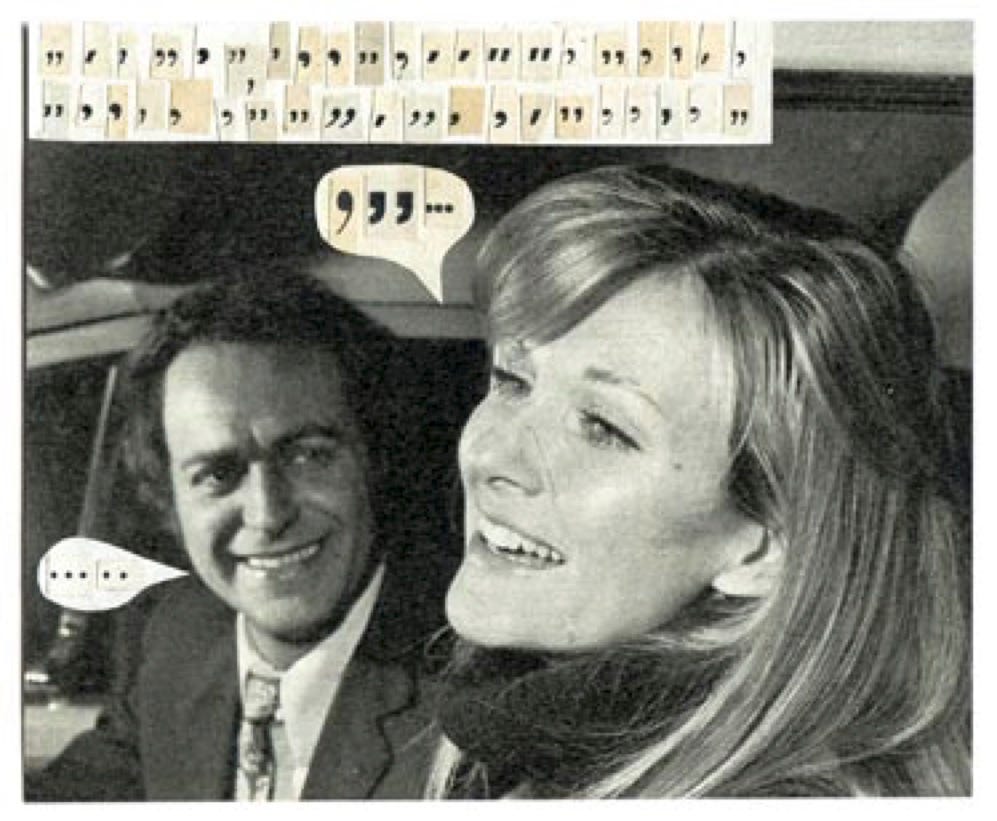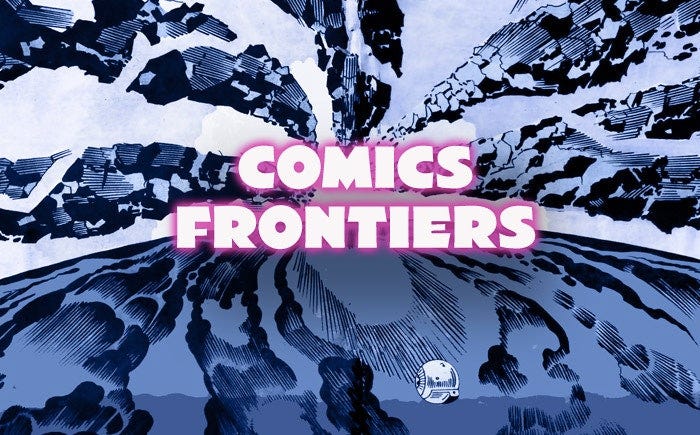Takeaway 12:
Photos arrest the viewer, they stop the viewer in their tracks. They grab the attention in powerful ways, and we can utilize this in our comics.
In the AW Comics Certificate Program, we have you trying all sorts of new ways to make comics, including photo comics.
People have been making PHOTO COMICS for at least 80 years, and now we all make them on INSTAGRAM but what are some earlier examples and what can we learn from them?
Here are a few in this gallery
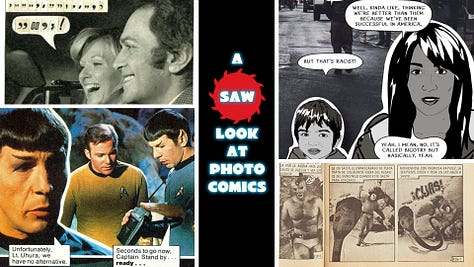
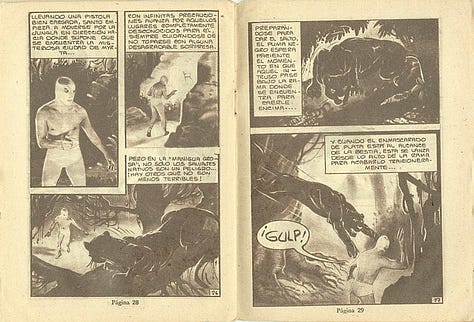
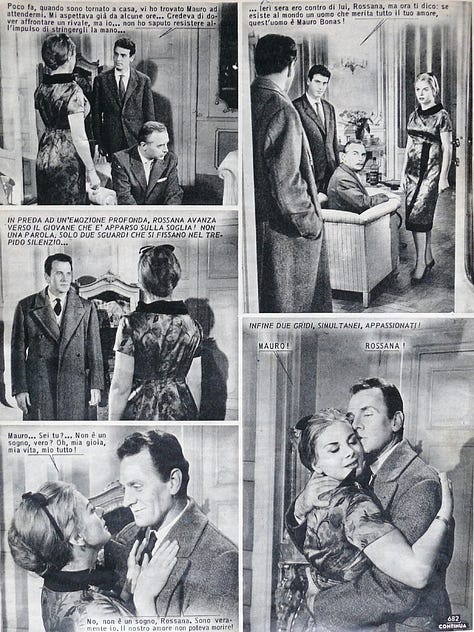
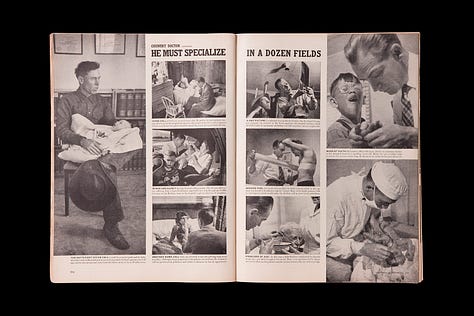
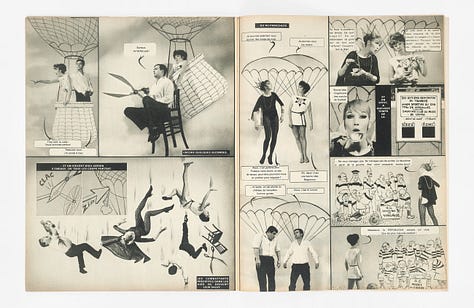
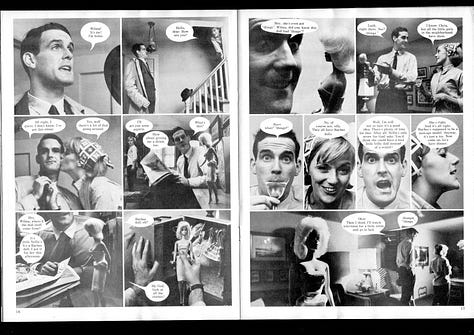
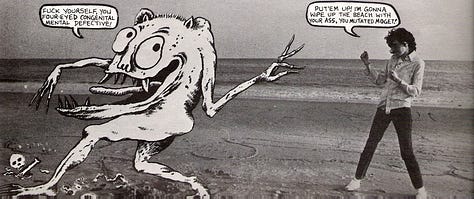
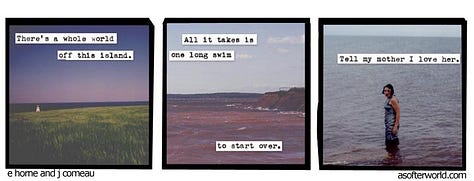
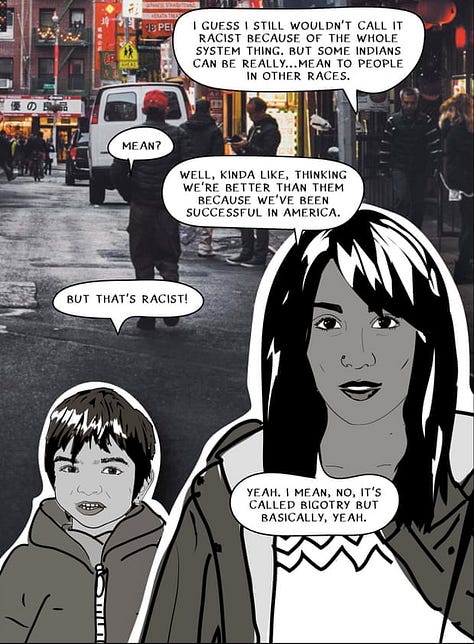
From the earliest days of El Santo (1940s) to Mira Jacob (2018) people have used photos in comics. The way we look at photographs is unique- they’re very detailed and rich. They’re supposedly real life but when they altered, there’s something else happening that drawings alone can’t do.
Drawings have the hand and the emotion of the artist inbedded within. We’re invited to commune with the moment through the drawing. But photos feel voyeuristic, they are sometimes confrontational. They’re not exactly always inviting. They’re more real, but distant. We can play around with this.
In El Santo, the violence and melodrama is front and center. Weird, voyeuristic. In Mira Jacob’s good talk, we’re confronted with dialogue about race, but the photos and the traced photos, which don’t change, force us to have emotional reactions because the characters in the book aren’t emoting for us.
Likewise, Julie Doucet’s collages and photos (below) are often confrontational. We have to stay with the discomfort she is presenting. What is being said here? We can’t look away- it’s a real image. This really happened. We have to understand, and decipher based on our own experience, and Doucet’s context, before we move on.
Or this fabulous image from Koreangry (present) is so rich. So many tissues! That tear! Am I looking in at a real person in distress, or a fake person in distress? Am I allowed to look? It feels small? Is this a person on display? Because it’s a photograph, I know it’s REAL, but it’s a real WHAT?
In the third quarter of the SAW Comics Certificate Program, we’ll be going deep and playful in this way.
And if you join us, you will be working with others, sharing with others, reading other work and having eyes and minds on YOUR WORK. This is a special chance to engage.
Hope to see you there!
(This is a continuation of last years series on Takeaways from our Year-Long Program. I’m not sure how to link easily to those posts in substack but if you search this site for “takeaways” they will all come up. See below.)
Takeaway 12:
Photos arrest the viewer, they stop the viewer in their tracks. They grab the attention in powerful ways, and we can utilize this in our comics.
What's Missing from this Comics Frontiers Preview
There's so much more in Comics Frontiers!
We also look at rearranging panels to tell different stories, we look at different types of narration to create different feelings about the character, and we look at creating metaphor from far out imagery, to pull in and use in our story.
And also what's missing is you! In our network, with the other artists, learning together.
Want to learn more? We’re doing live trainings of all 18 takeaways weekly in summer 2025.






